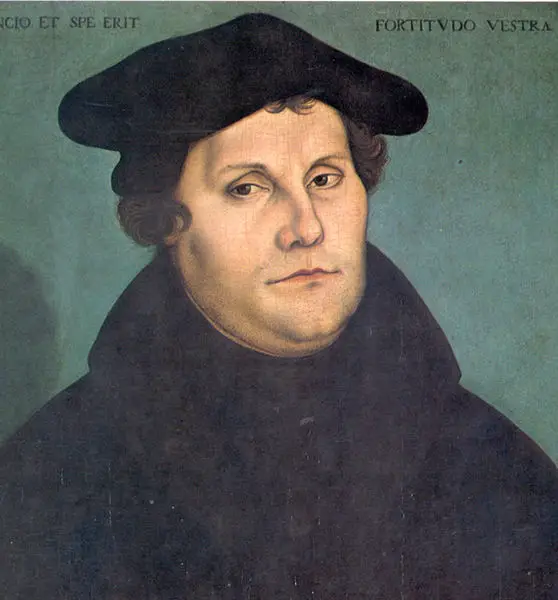On this day in Tudor history, Blessed John Rochester and Blessed James Walworth, two Carthusian monks from the London Charterhouse, met their ends in York after being condemned for treason.
In a five-year period, eighteen Carthusian monks were executed, but why? What had King Henry VIII got against these men of God? What happened?
Also on this day in history:
- 1509 – Henry VII was laid to rest next to his wife, Elizabeth of York, in Westminster Abbey.
- 1532 – Henry VIII accused the clergy of being “scarce our subjects”, and attacked their oath to the Pope.
- 1536 – Just as the Grand Jury of Middlesex met at Westminster on 10th May 1536, the Grand Jury of Kent met on 11th May in front of Chief Justice John Baldwin and six of his colleagues at Deptford. They met to rule on the alleged crimes committed at Greenwich Palace, East Greenwich, and Eltham Palace by Queen Anne Boleyn, Sir Henry Norris, Sir William Brereton, Sir Francis Weston, George Boleyn (Lord Rochford) and Mark Smeaton. It was ruled that the Queen and the five men would stand trial.
- 1560 – Death of Thomas Wendy, physician to Henry VIII and Queen Catherine Parr, at Haslingfield. According to martyrologist John Foxe, Wendy helped to save Catherine Parr from a plot against her. He also attended the dying King in January 1547.
- 1560 – Burial of John Falconer, physician and botanist, at St Stephen's Church, Coleman Street, London. Falconer. He is known as the first English person to have owned a herbarium.
- 1598 – Death of Edward Drew, lawyer, member of Parliament and Recorder of London, at Broad Clyst in Devon from gaol fever, which he had picked up working on the Northern Circuit. He was buried in Broad Clyst Parish Church.
- 1607 – Burial of Sir Edward Dyer, courtier and poet, at St Saviours, Southwark. With Philip Sidney and Fulke Greville, Dyer made up the “happy blessed Trinitie” that Sidney wrote of. His known works included the poems “The Songe in the Oke”, “The lowest trees have tops” and “He that his mirth hath lost”. He also dabbled in alchemy, studying under John Dee.
- 1610 – Death of Sir Henry Maynard, administrator. He was buried at St Mary the Virgin in Little Easton, Essex. Maynard served William Cecil, Lord Burghley, as his Chief Secretary and then, after Burghley's death, he became Secretary to Lord Admiral Nottingham.



RIP dear friends in Christ. Amen